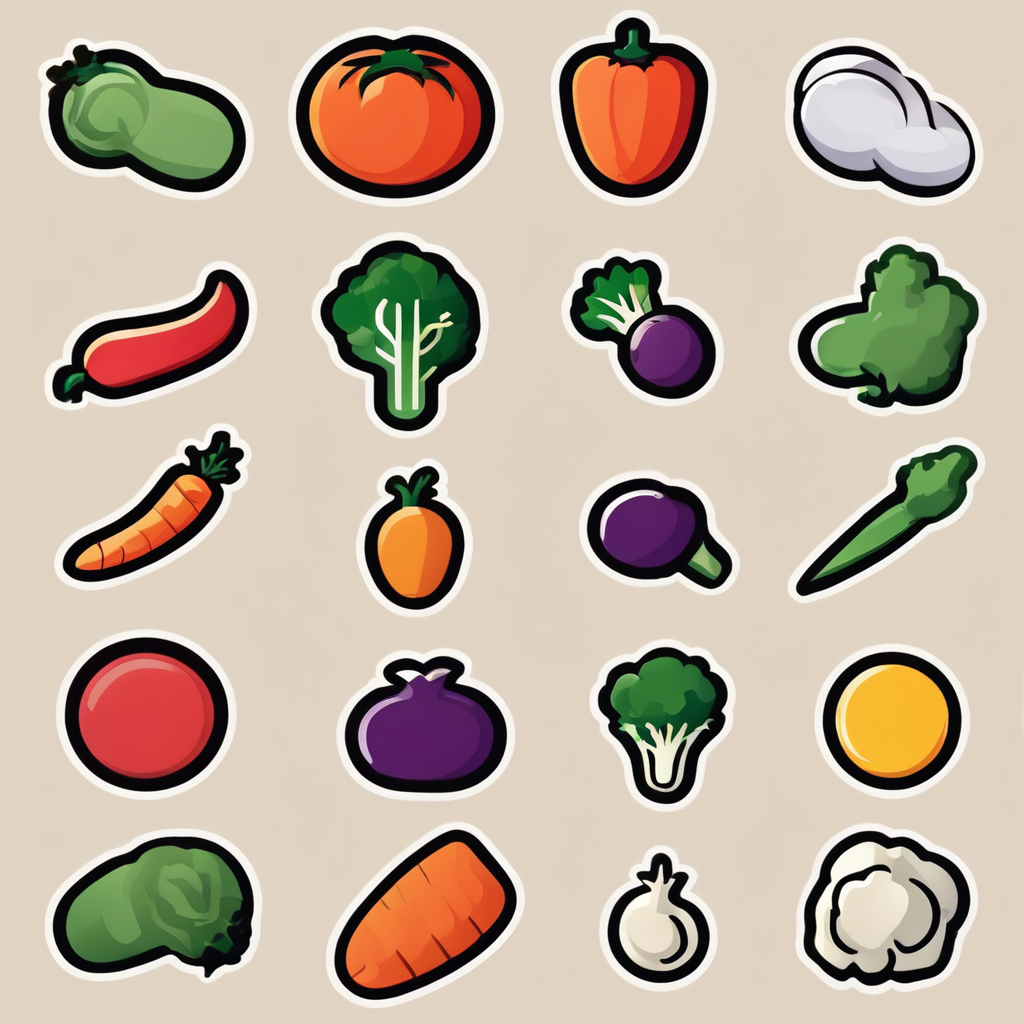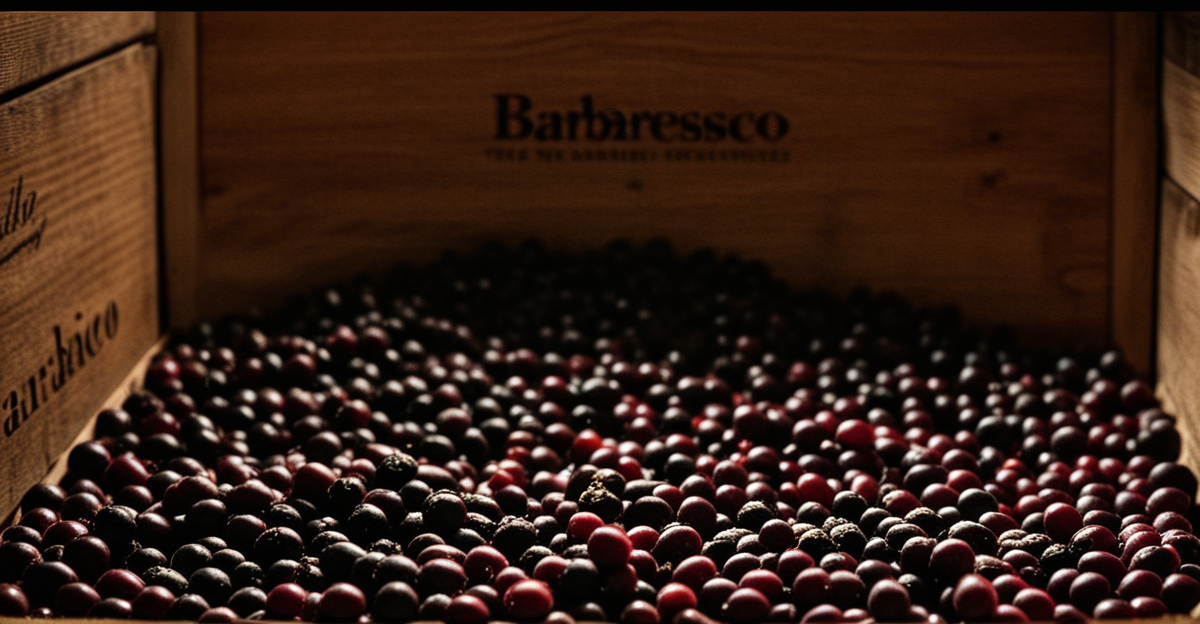Barbaresco stands as a rare gem among Italian wines, crafted exclusively from Nebbiolo grapes in Piedmont. Smaller and younger than its famed neighbor Barolo, it offers a unique blend of elegance and complexity. Its refined taste, aging potential, and distinguished producers make Barbaresco a standout choice for enthusiasts seeking depth and authenticity in every sip.
Barbaresco Wine: Origins, Distinctiveness, and Key Characteristics
Within the famed Piedmont region, barbaresco stands out as a wine whose identity is intimately tied to both place and grape. This page explains it in detail: barbaresco.
Also read : How Can Kitchen Innovations Transform Our Cooking Experience?
Barbaresco’s story begins in 1894 with the founding of Cantina Sociale di Barbaresco, when local growers shifted from selling Nebbiolo grapes to Barolo producers to creating a unique wine all their own. Over time, the zone expanded its reputation, propelled by key figures such as Domizio Cavazza and later Angelo Gaja, culminating in the wine’s elevation to DOCG status in 1980—a recognition of its exceptional standards and regional heritage.
Produced exclusively from Nebbiolo, Barbaresco displays a lighter hue and aromatic bouquet compared to many Italian reds. The Nebbiolo grape’s high tannins and acidity frame flavors reminiscent of dried roses, cherries, and sometimes tar or leather as the wine matures. Barbaresco ripens a bit earlier than Barolo, resulting in a softer structure and a wine that becomes harmonious and drinkable within a decade.
Topic to read : How Can UK Kitchen Products Be Improved for Better Sustainability?
Distinct from Barolo, Barbaresco wines come from a smaller area (with just three main villages: Barbaresco, Neive, Treiso) and are destined for earlier enjoyment because of their marginally milder tannins and approachable profile. The strict DOCG regulations guide everything from vineyard yield to aging (minimum two years, with at least nine months in wood), ensuring reliability and typicity every vintage.
Subregions, Vineyards, and Influential Producers
Principal Barbaresco Communes
Precision: The main Barbaresco vineyard regions are the communes of Barbaresco, Neive, Treiso, and San Rocco Seno d’Elvio. Recall: Each area contributes distinct expressions of Nebbiolo, rooted in unique soils and microclimates. Barbaresco commune yields elegant, structured wines; Neive delivers more powerful, tannic examples; Treiso produces the region’s lightest, most refined bottles, and San Rocco Seno d’Elvio, annexed by Alba, presents subtle variations due to its exposure.
Classification of Vineyards
Barbaresco’s famous crus and vineyard sites carry the legacy of terroir-specific flavor distinctions. Notable crus—such as Asili, Rabajà, and Santo Stefano—excel for their soil composition and sun exposure. Since the introduction of Menzioni Geografiche Aggiuntive (MEGA), wines labeled with a specific cru must meet strict boundaries and standards. This guarantees authenticity and enables exploration of the nuanced differences between sites.
Leading Producers and Estates
Any guide to top producers must spotlight prominent wineries like Produttori del Barbaresco, whose cooperative model unites quality-minded growers. The Gaja estate and Bruno Giacosa have elevated Barbaresco’s reputation through meticulous crafting and innovation. Alongside these, an overview of boutique producers reveals an impressive range, with each estate highlighting diverse terroir-specific flavor distinctions and regional identities.
Tasting Profile, Aging, and Service Recommendations
Barbaresco’s tasting notes and flavor profile flaunt a kaleidoscope of aromas: prominent roses and violets greet the nose, while cherry and truffle persist on the palate. Earth and leather, classic Nebbiolo signatures, lend depth, and with cellaring, nuances of underbrush and tar emerge. Expected color, body, and tannin structure include a garnet hue with moderate body, assertive yet more refined tannins than Barolo, and heightened aromatic lift.
In aging potential and cellaring terms, Barbaresco stands apart from other Nebbiolo-based wines—its maritime influence and earlier grape ripening create softer tannins, supporting approachable drinking at five to ten years, while Barolo often demands longer. Still, top crus show robust aging windows, sometimes rewarding careful cellaring for decades.
For wine service tips and ideal serving temperatures, classic Barbaresco shines at 16–18°C in a broad-bowled glass—this unlocks layered aromas and supports optimal evaluation. Decanting for an hour is usually sufficient, especially for younger vintages. When evaluating, swirl gently to coax out common aromas and identify common flaws such as volatile acidity or excessive oxidation, indicators vital to authentic enjoyment and fair comparison.
Food Pairings, Pricing, and Buying Barbaresco
Traditional and Modern Food Pairings: Piedmontese and International Cuisine
Barbaresco red wine’s structure and prominent Nebbiolo grape characteristics make it a classic partner for Piedmontese cuisine. Iconic regional gastronomy that complements Barbaresco includes dishes like braised veal, tajarin pasta with earthy truffles, and agnolotti stuffed with roasted meats—these highlight the wine’s floral notes and balance its acidity. Internationally, wine pairing recommendations extend to roasted duck, lamb, and aged cheeses. These matches allow Barbaresco’s tannins and aromatic profile to meld with both rich and delicate flavors.
Market Overview: Price Spectrum, Availability, and Top Sources for Buying
A solid buying guide and price range analysis shows Barbaresco spanning from entry-level bottles around £30 to collectible crus exceeding £100, reflecting factors such as producer, vintage, and vineyard site. Purchasing locations and availability are best explored via reputable online wine shops offering selections from various producers and communes. Top places to taste and buy Barbaresco often include specialized shops and curated wine merchants.
Expert Guidance for Selection and Storage
For those planning cellar storage, experts suggest acquiring multiple vintages to suit different drinking windows and ensuring optimal conditions for aging potential. Seek vintages with strong critical acclaim and verify proper cork integrity when storing. Select Barbaresco based on preferred flavor profile, trusting recommendations from knowledgeable merchants when in doubt.



